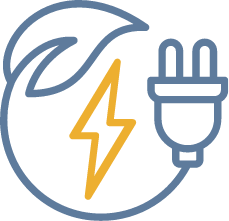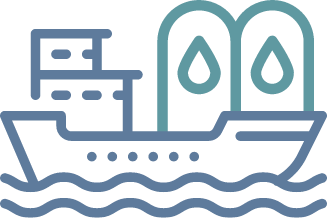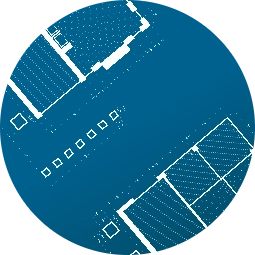Our Approach
Flexible development business model

NatPower US stands out for its independent developer business model, managing the entire project development process up to the ‘Ready to Build’ or in operation phase.
NatPower promptly adapts its own strategy and business models to the momentous market evolution lead by the energy transition process.
MAIN OPERATING AREAS

Development of solar, hydropower energy projects, selling them at RtB status or in operation.


The activities of the
project development phase
Site Development (origination)
Site development is a crucial phase in the realization of infrastructure projects, such as energy facilities or large-scale constructions.
This phase encompasses several key activities, including:
Site Selection:
Identifying a suitable location that meets specific criteria like accessibility, proximity to existing infrastructure, and favorable geological and environmental conditions.
Soil and Environmental Analysis:
Conducting studies to assess the soil composition, local flora and fauna, and the potential environmental impact of the project. This also includes evaluating natural risks such as flooding or earthquakes.
Land Acquisition:
Negotiating the purchase or lease of the necessary land for the project, ensuring compliance with local regulations and the rights of communities.
Environmental Impact Assessment:
Preparing detailed reports on the expected environmental impacts and proposing mitigation measures to reduce any negative effects.
System Design (development)
The system design phase focuses on creating detailed technical and architectural plans that define how the project will be constructed.
This phase includes:

Preliminary Design:
Creating sketches and diagrams that outline the site layout and basic technical specifications.

Detailed Engineering:
Developing detailed designs for the required structures and systems, such as electrical, hydraulic, and mechanical systems. This phase also involves selecting the materials and technologies to be used.

Technical and Economic Feasibility Analysis:
Evaluating the project’s feasibility from a technical and economic standpoint, considering costs, construction timelines, and return on investment.

Interdisciplinary Coordination:
Ensuring that all aspects of the project, from safety systems to energy solutions, are integrated and coordinated effectively.
Permitting
The permitting phase involves obtaining all necessary approvals to begin construction and operate the project.
Documentation Collection:
Preparing and gathering all required documentation, including environmental studies, technical reports, and safety plans.
Interaction with Authorities:
Working closely with local, regional, and national authorities to ensure all regulatory requirements are met and permits are obtained on time.
Public Consultation:
Engaging in meetings and discussions with local communities and stakeholders to gather feedback and ensure public support for the project.
Grid Connection
Grid connection is an essential component for projects that require integration with existing infrastructure, such as energy production facilities.
Grid Assessment:
Analyzing the capacity of the existing grid to handle additional load and identifying any necessary upgrades.
Interconnection Design:
Planning how the project will be connected to the grid, including technical details such as the type of connection and required equipment.
Negotiation of Connection Agreements:
Working with grid operators to establish the terms of connection, including costs and maintenance responsibilities.
PPA Negotiation, Tenders, and FiT/CfD Application Management
Finally, the phase of Power Purchase Agreement (PPA) negotiation, tenders, and Feed-in Tariff (FiT) or Contracts for Difference (CfD) application management is crucial to ensure the project’s economic viability.
PPA Negotiation:
Establishing contracts with buyers for the energy produced, defining the prices and conditions for long-term sales.
Participation in Tenders:
Submitting competitive bids in public or private tenders to secure concessions or permits.
FiT/CfD Application Management:
Preparing and submitting applications to obtain incentive tariffs or differential contracts that guarantee a fixed price for the energy produced, ensuring financial stability.
These phases are fundamental to the successful execution of a project, ensuring that all legal, technical, economic, and environmental aspects are carefully considered and managed.
These phases are fundamental to the successful execution of a project, ensuring that all legal, technical, economic, and environmental aspects are carefully considered and managed.
Why choose
NatPower?
Local and international expertise
Thanks to our local experience and the global presence of NatPower, we are able to bring international expertise to local projects.
Sustainability and Innovation
We firmly believe in a sustainable future and work to integrate best practices and green technologies in all our projects.
Collaboration and Transparency
We work transparently and closely with local communities and partners to ensure that each project is beneficial to all parties.
